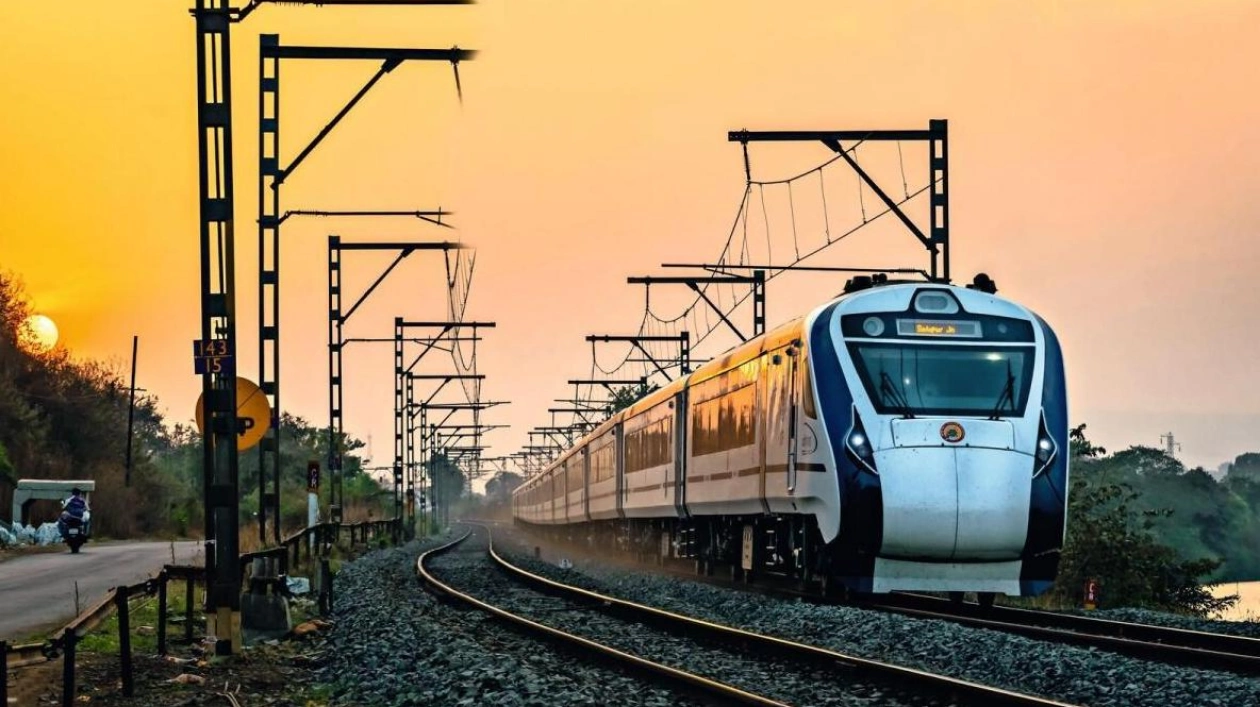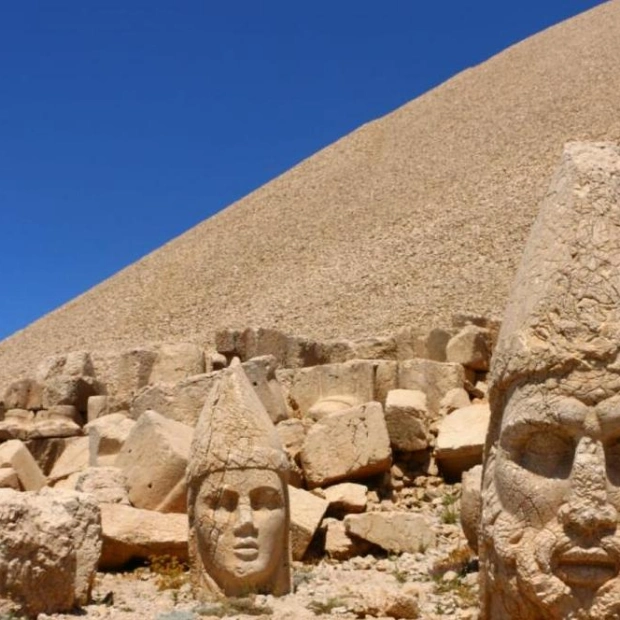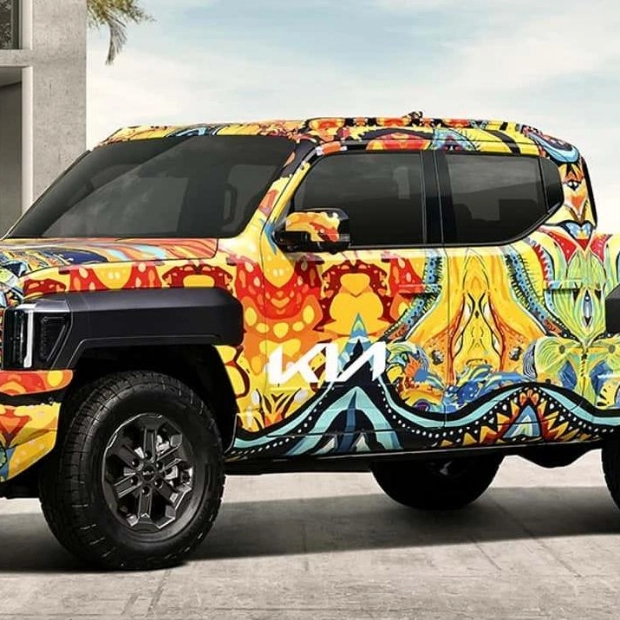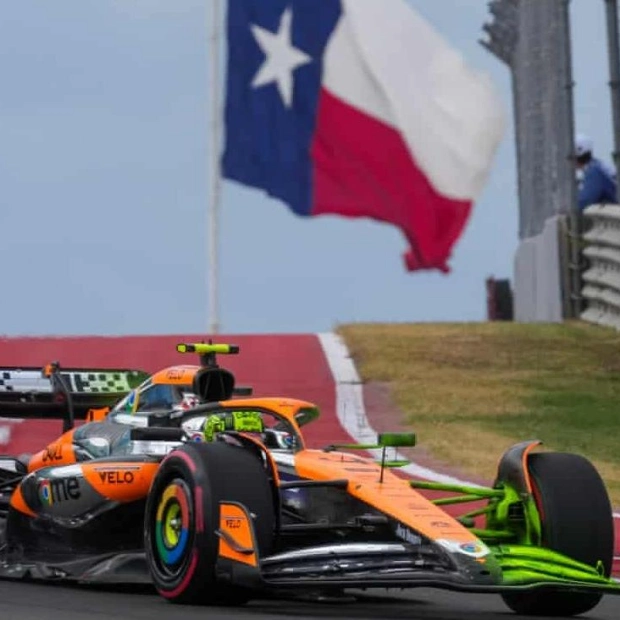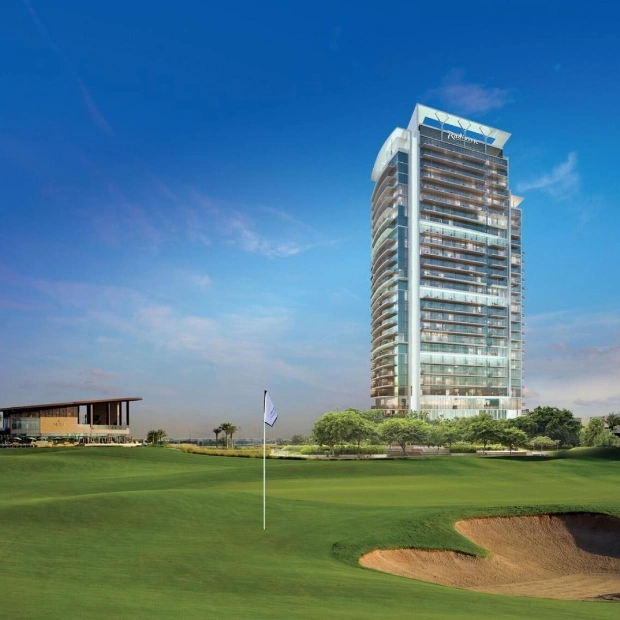With a history spanning over a century, the Indian Railways stands as a symbol of unity and progress, a vast network that has revolutionized travel and significantly influenced the nation's economic, social, and cultural development. As the world's fourth-largest railway system, it showcases India's engineering excellence, resilience, and continuous pursuit of innovation.
Within this legacy of progress, the Vande Bharat Express shines as a beacon of modern engineering. Introduced in February 2019, formerly known as Train 18, it has become a symbol of India’s rapid advancements in rail transportation. This semi-high-speed train has redefined the travel experience and demonstrated India's increasing capabilities in innovation.
The concept of the Vande Bharat Express arose from the need to introduce faster, more efficient, and eco-friendly trains to compete globally. Designed and manufactured by the Integral Coach Factory (ICF) in Chennai, it was a fully indigenous project, marking a significant milestone for the Indian Railways. The train was conceived under the ‘Make in India’ initiative to enhance domestic manufacturing.
Upon its launch by Prime Minister Narendra Modi in 2019, the Vande Bharat Express became an instant success. Operating between New Delhi and Varanasi, it reduced travel time by 40%, offering a glimpse into the future of Indian rail travel. The success of this route led to the expansion of the Vande Bharat fleet.
By 2024, the Vande Bharat Express had expanded significantly, with 51 trains (102 services) operating nationwide, symbolizing a new era in Indian rail travel. The government aims to increase this to 800 Vande Bharat trains by 2030, with tenders awarded for the production of 412 train sets at an estimated cost of over ₹90,000 crore, expected to be operational within three years. Post-2030, India plans to enter the export market for these trains.
In the Interim Budget of this year, Finance Minister Nirmala Sitharaman announced a plan to upgrade 40,000 rail coaches to Vande Bharat standards. This initiative aims to improve safety, convenience, and comfort for passengers while boosting growth for private sector railway manufacturers through refurbishment contracts. Currently, tenders have been issued for the production of approximately 6,600 Vande Bharat coaches, with a similar number expected to be added over the next five years.
Industry experts predict that the Vande Bharat initiative could unlock a ₹2-lakh crore manufacturing opportunity by the end of the decade. The diversity of Vande Bharat variants includes trials for sleeper coaches and the introduction of the Vande Metro for short journeys. Additionally, a proposed bullet train variant capable of reaching speeds of up to 250 kmph is in development, requiring significant upgrades to existing railway tracks.
India is on the brink of a significant breakthrough in rail infrastructure with the imminent launch of its first indigenous bullet train, capable of speeds exceeding 250 km/h. Expected to start service by 2026, this project will transform high-speed rail travel in the country, highlighting India's engineering capabilities and commitment to advanced technologies. The design and development of this train are being overseen by the Integral Coach Factory (ICF) in Chennai.
The government's focus on enhancing speed capabilities has led to the development of a new Vande Bharat variant that can accelerate from 0 to 100 km/h in just 52 seconds. These domestically developed trains will operate on new north, south, and east corridors, expanding India's high-speed rail network. The development of these indigenous bullet trains complements the existing western corridor, established through collaboration with Japan.
The National High-Speed Rail Corporation Ltd (NHSRCL) has announced the completion of 300 kilometres of pier work for the Mumbai-Ahmedabad High-Speed Rail project, with land acquisition finalized for the entire 508-kilometre stretch.
